Brightness Adaptation In Image Processing
Brightness adaptation in image processing. Brightness Adaptation Discrimination The range of light intensity levels to which the human visual system can adapt is enormous on the order of 1010. Nikou Digital Image Processing E12 Brightness Adaptation Discrimination The human visual system can perceive approximately 1010 different light intensity levels. 213 Brightness Adaptation and Discrimination Because digital images are displayed as a discrete set of intensities the eyes ability to discriminate between different intensity levels is an important con-sideration in presenting image-processing resultsThe range of light intensity lev-.
Only the selected layer will be affected by the adjustment after clicking OK. Render new image immediately when a control is changed. Change mapping from values in dataset to brightness in image.
The range of light intensity levels to which the human visual system can adapt is of the order of 1010 from the scotopic threshold to the glare limit. Moving the slider to the right will increase the brightness of the image moving the diagonal line represents the transition up on the scale by uniformly increasing the pixel intensity values. Another important issue is the ability of the eye to discriminate between changes in light intensity at any specific adaptation level.
The subjective brightness is a logarithmic function of light intensity incident on the eye. Similarly the perceived intensity of a. Adjusts the brightness of the image.
It cannot operate over the range simultaneously. Moving the slider to the left will decrease the brightness of the image moving the. Range of values in underlay.
Brightness and contrast can be adjusted by selecting Image Adjustments Brightness Contrast in the menu bar. Changing the eyes imaging ability. ¾ 15100h17 or h255mm.
Changing the eyes overall sensitivity. Visual system is called the brightness adaptation level for example as Ba shown in Figure 24.
Change mapping from values in dataset to brightness in image.
Another important issue is the ability of the eye to discriminate between changes in light intensity at any specific adaptation level. ¾ 15100h17 or h255mm. Brightness Adaptation Discrimination The range of light intensity levels to which the human visual system can adapt is enormous on the order of 1010. You can adjust the Brightness Contrast and Contrast sliders to make the image more vibrant or less vibrant. 213 Brightness Adaptation and Discrimination Because digital images are displayed as a discrete set of intensities the eyes ability to discriminate between different intensity levels is an important con-sideration in presenting image-processing resultsThe range of light intensity lev-. Moving the slider to the left will decrease the brightness of the image moving the. It cannot operate over the range simultaneously. Transition from scotopic to photopic vision. Accumulate a history of rendered images can later save to an animation Open color overlay controls.
Adjusting the focal length. ¾ If h is the height in mm of an object in the retinal image it is easy to c alculate the size of the retinal image of any object. Name of underlay dataset. Transition from scotopic to photopic vision. Moving the slider to the left will decrease the brightness of the image moving the. Moving the slider to the right will increase the brightness of the image moving the diagonal line represents the transition up on the scale by uniformly increasing the pixel intensity values. It represents the range of subjective brightness that the eye can perceive when adapted to this level.


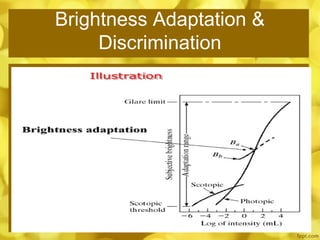
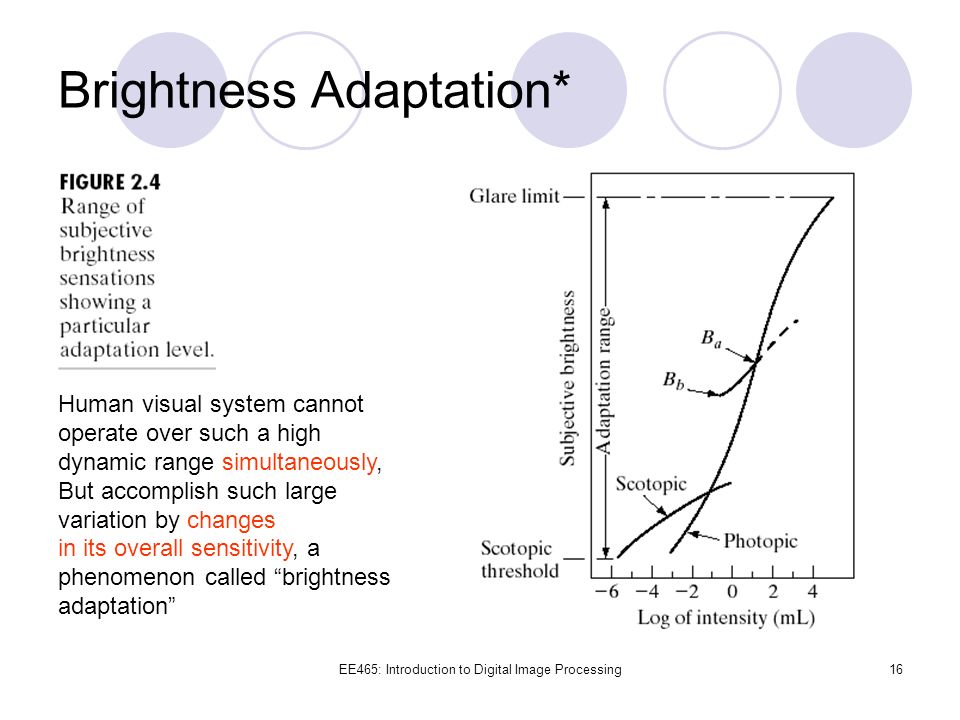
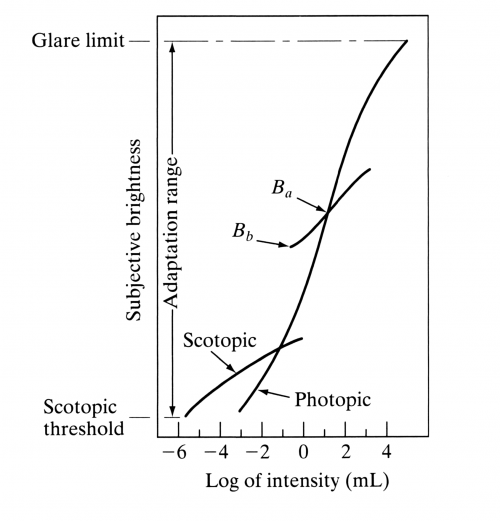





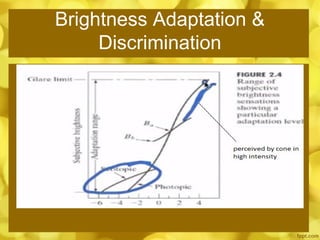

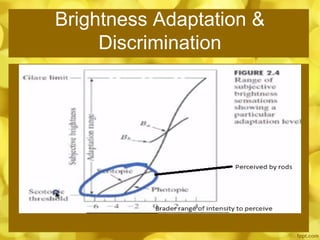

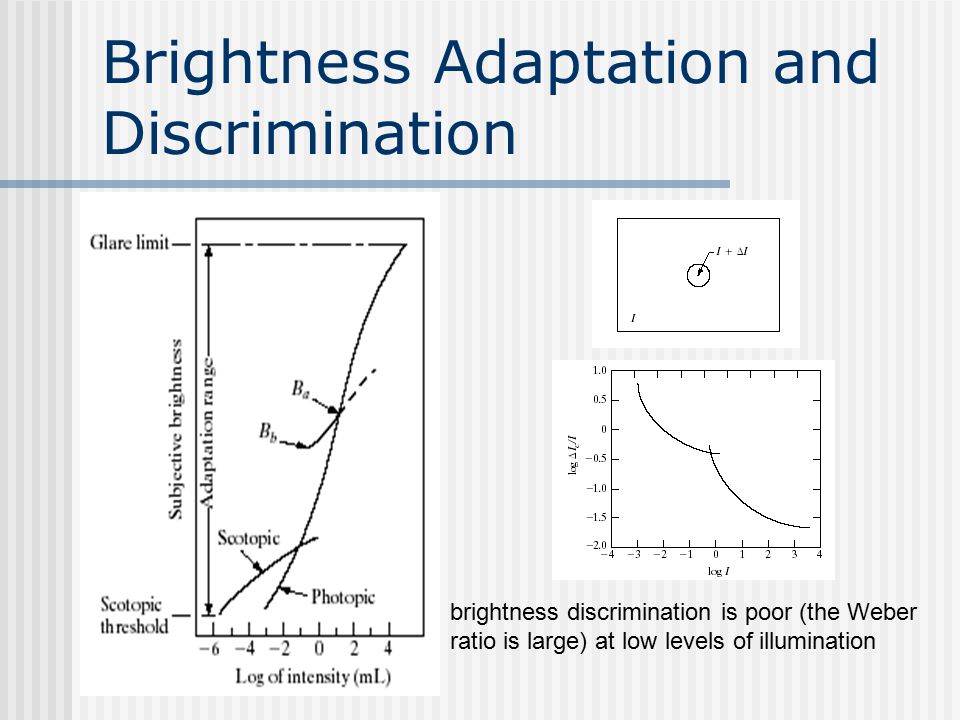

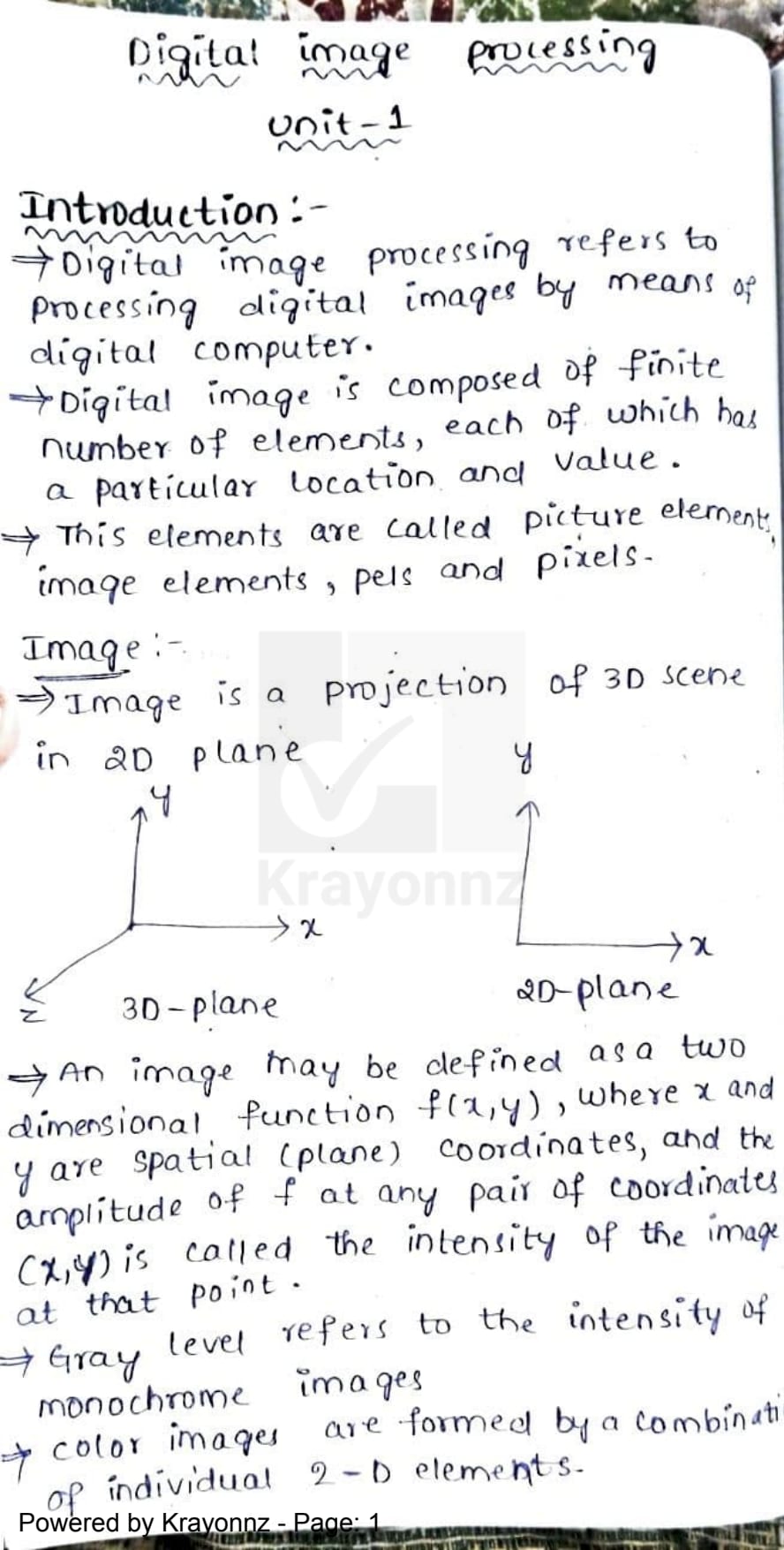


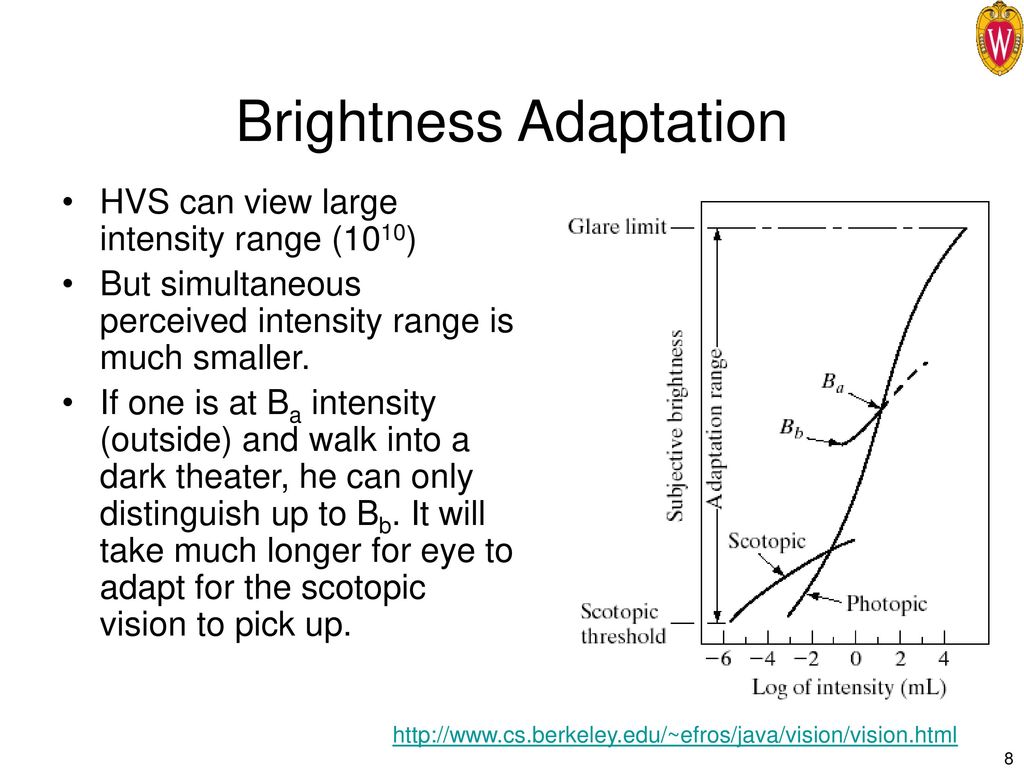
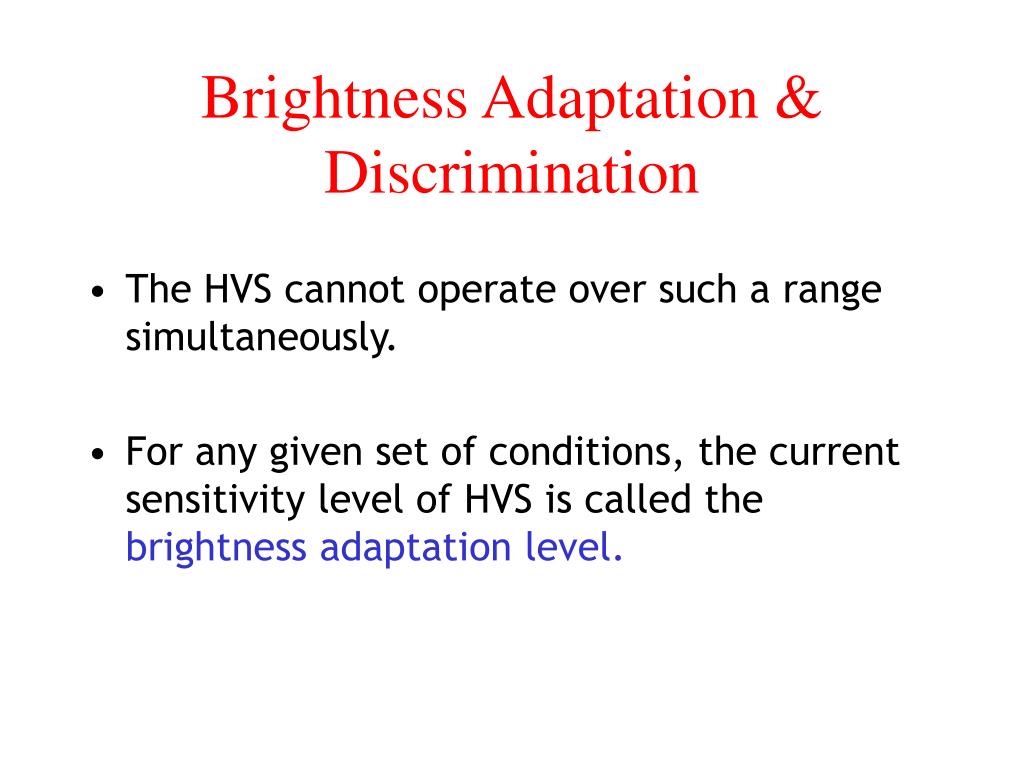





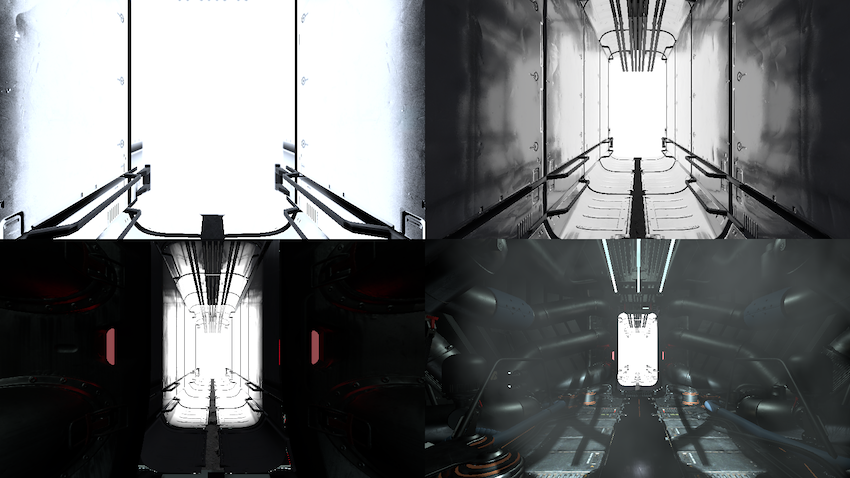





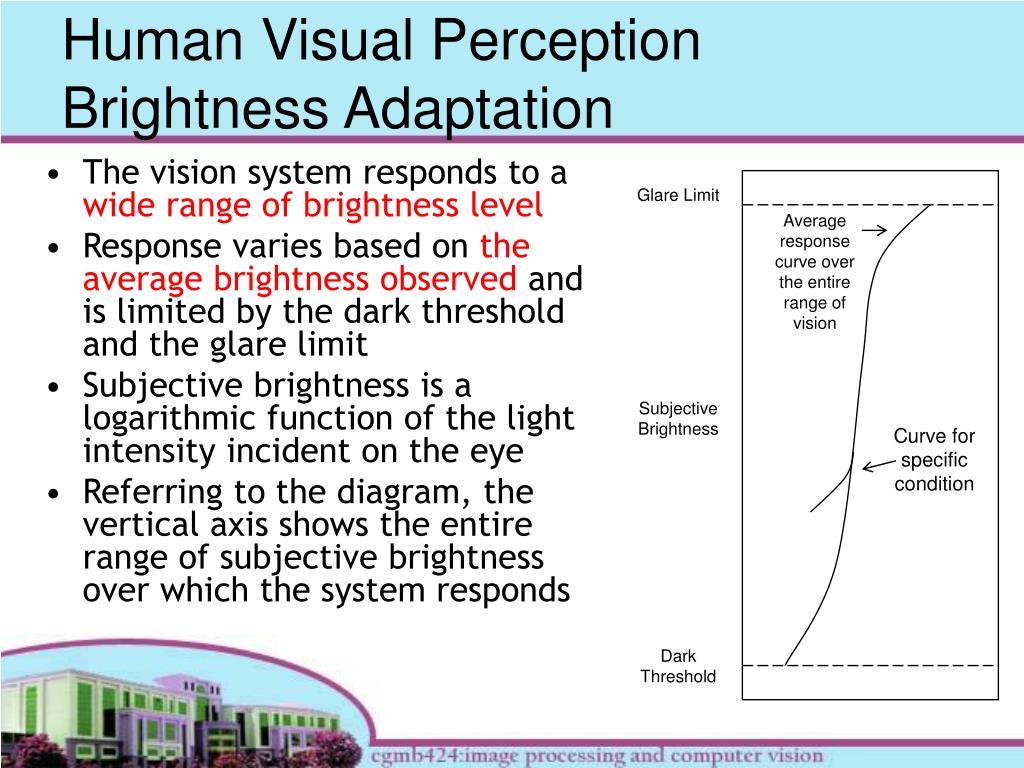



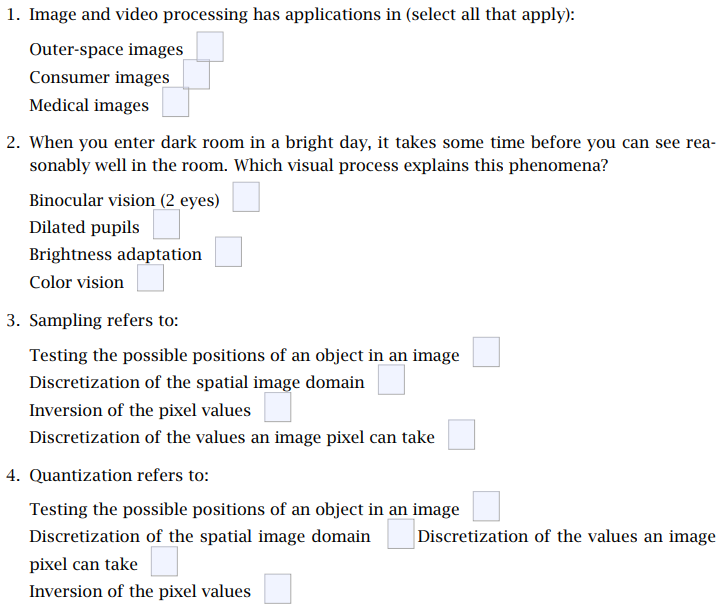


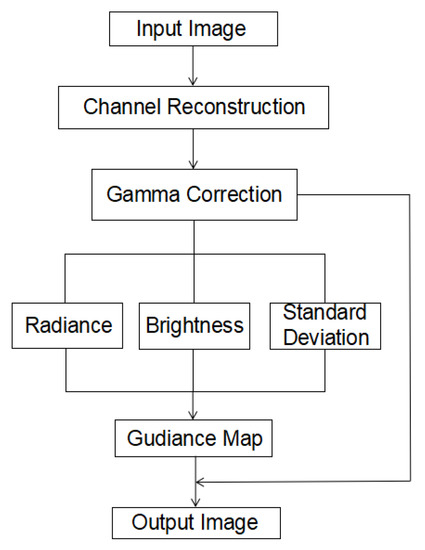


Post a Comment for "Brightness Adaptation In Image Processing"